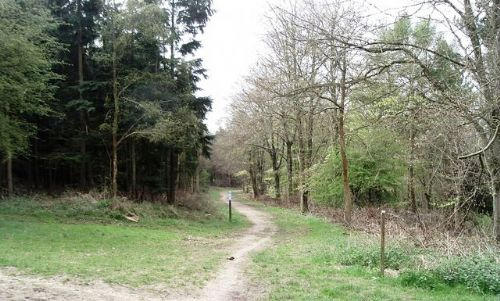
The CLA has told the government it could only support the reform of public rights of way if the proposals are made more 'efficient' for landowners.
New proposals to modernise the process of recording rights of way, developed in consultation with groups such as the Ramblers and Country Land and Business Association, were unveiled by Environment Minister Richard Benyon in May.
"Footpaths, bridleways and trails are the life-blood for many rural communities, providing access to our world-renowned landscapes. Our changes will help protect access for the thousands of people who walk, ride and cycle in the countryside every week" said Benyon.
Plans are expected to cut the time taken to record a right of way by as much as several years, so that routes set to be lost in 2026 can be preserved. All unrecorded footpaths and bridleways created before 1949 cannot be recorded after 1 January 2026. This ’cut off’ date by which to claim these historical rights of way was set in the Countryside and Rights of Way Act 2000.
The Association said Defra’s proposed improvements to the policy and legal framework for public rights of way, out for consultation until 6 August, should be about making the process more efficient to benefit both landowners and users.
“Reform of rights of way is desperately needed but the Government must address the unfairness of the current system if the CLA is to continue to support reform" said CLA Deputy President Henry Robinson.
“Landowners can face claims for rights of way over their land that take many years and cost tens of thousands of pounds. Even after a claim has been fought and won, users can start the whole process again if they do not agree. This is unfair and a hugely inefficient process.”
Robinson added “If reform does go ahead, landowners need reassurance that the 2026 deadline for adding abandoned and unused paths to the definitive map will be become a reality.
“We want the Government to take a practical look at the impact of discovering long-forgotten paths on present-day land use and respect a landowners’ right to ask for a path to be diverted.”
